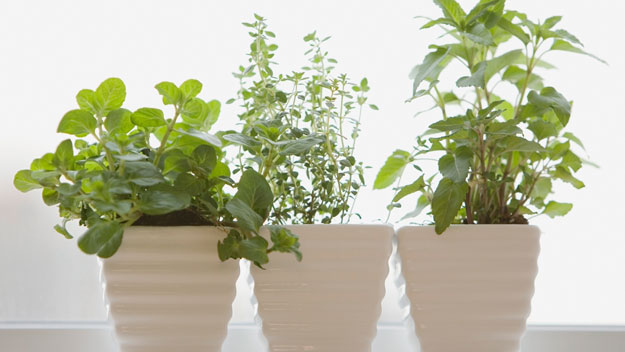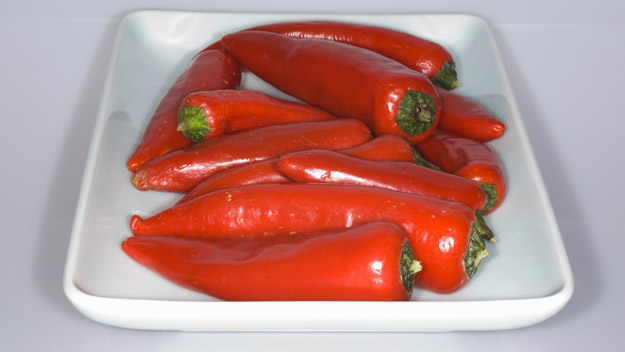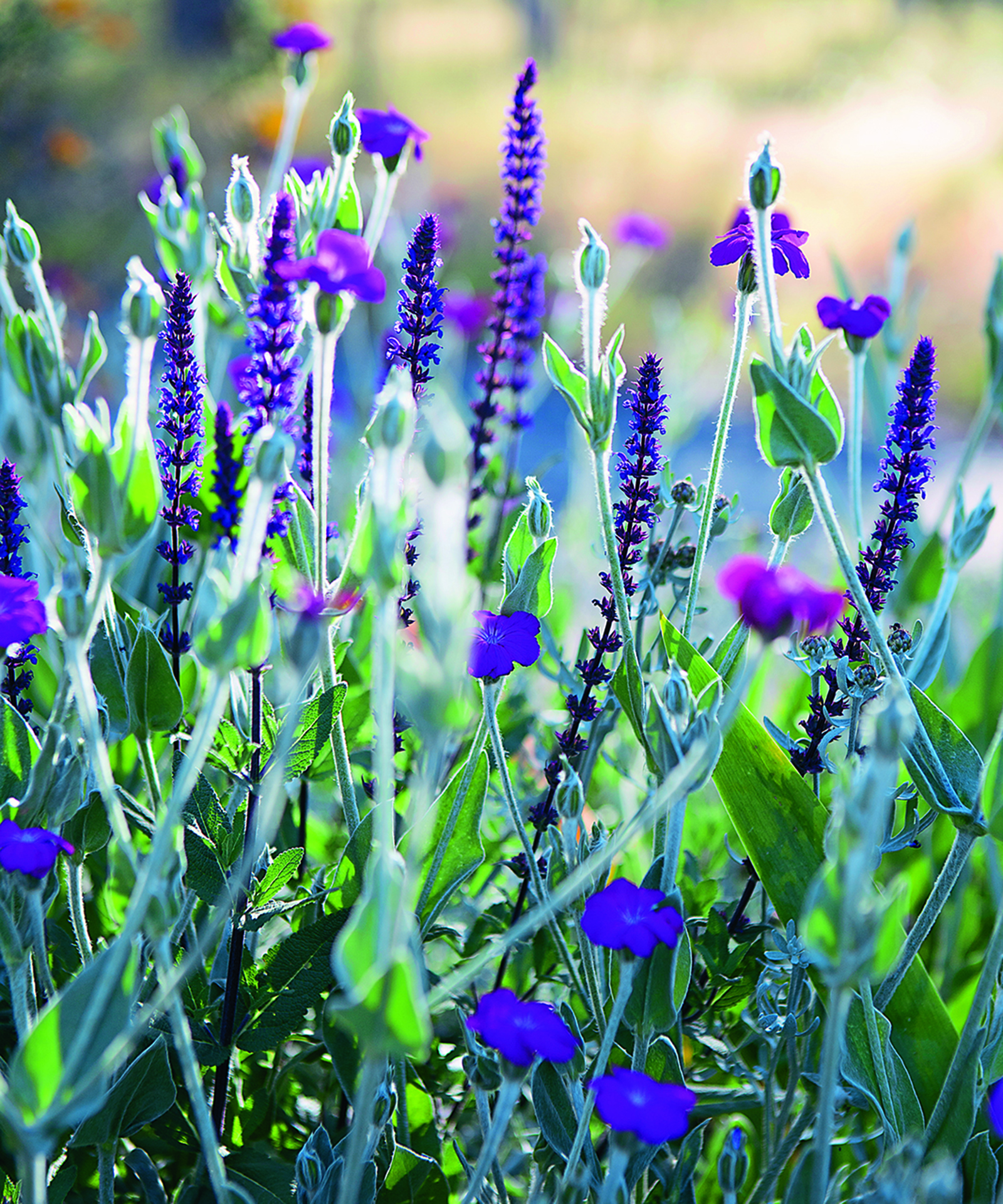“Grow herbs,” said the girl at the nursery helpfully to the customer standing next to me. “Herbs don’t need watering. They just look after themselves.”
Like heck, they do! Okay, most of the herbs we use in cooking survive nicely on Mediterranean hillsides with no water other than what falls from the sky. But they are growing in crevices which catch water — and the sunny Mediterranean still gets a lot more rainfall than most of our gardens. Plus, if you grow any plant in a pot — which is where most of our herb plants end up being planted — you have to water regularly, as pots dry out fast in both heat and cold.
Once you accept that herbs aren’t all that hardy, though, you may suddenly find you become a green-fingered herb grower. While herbs do need care, they don’t need very much. You just need to know where and when and which types.
What to plant:
A basic herb bed needs thyme, savoury, rosemary and sage, and maybe French tarragon, too, though it can be more temperamental than the others. Each can be grown in its own pot, or herb plants can be planted in a special herb bed of their own. All of them will grow for many years if you give them a little care.
If there’s room and you have time, add a few basil and parsley plants, too. Basil will die in winter in anywhere but subtropical or tropical climates. However, even in the warmer spots it will be short-lived unless you prune it drastically every month or so.
Parsley plants will “go to seed” in spring, too, so you’ll need to pull them out and plant more. But once you have those basic herbs, you’ll have a whole new world of cooking at your fingertips. It’s no accident that peasant cooking — the best of French and Italian recipes in particular — depends on herbs for much of its deliciousness. Sprinkle fresh basil or thyme on a bit of bread dough, baked with tomato, and you have a pizza. Add sage and savoury stuffing to a roast chicken and you have a delicious meat to serve.
Which pot?
All pots need to be as big as you can afford and have room for. Big pots don’t just give plants more room to grow, they help insulate the roots, and store plant food and moisture.
Plastic self-watering pots may not look pretty (okay, they’re ugly) but they do make caring for your pot plants a breeze. You can disguise them by surrounding them with more attractive pots, or growing “prostrate” rosemary, which will sprawl over the sides and cover the plastic. Or try using creeping varieties of thyme which will spill over the sides. too.
When to water:
Water every plant every day for a fortnight after you’ve planted it — or at least every second day. After that, most herbs will need a weekly water, except in very hot, dry or windy conditions, when they may literally cook. I keep a length of shade cloth on hand to cover my pots on hot and horrid summer days. It keeps both the pots — and me — from frying.
When to feed:
Herbs grow best if they are well-fed — but not too well-fed. Basically you’ll need to replace what you pick. I give our herbs a yearly scatter of any good organic fertiliser each spring, and that does them for the year.
Mulch!
And yes, herbs need mulch, too. Mulch keeps weeds down, as well as helping to protect the moisture in the soil. It also helps stop the soil from setting like concrete, so plant roots can grow more easily.
Other care:
Pick your herbs often. This small frequent pruning is really the best care you can give them. If you don’t get around to cooking regularly with your herbs (which would be a tragedy), snip them back by about a third every summer. It’s also good idea to “top dress” thyme (scatter new soil around the base of the plant, so that the bottom branches can take root, and rejuvenate the whole plant).
And there it is: a flourishing herb garden to feed and delight you. Not quite “no care”, but close enough for anyone to have all the herbs they need, just outside their door.
**Your say: do you have a herb garden? What are your tips for keeping herbs healthy? Which varieties do you have? Tell us at [email protected]


